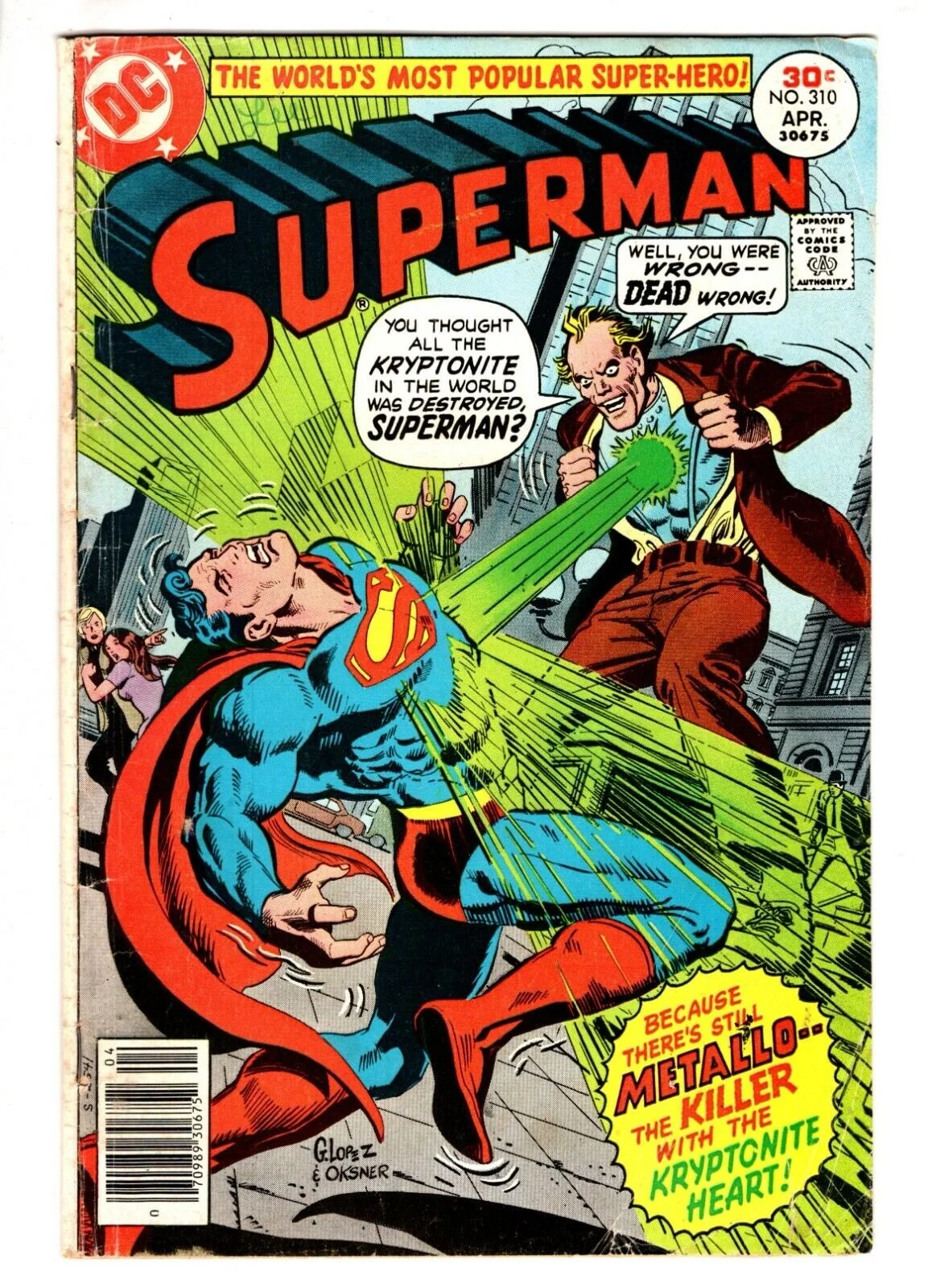Crafting Compelling Fictional Characters -Understanding & Defining Character Attributes (Part 1)
When I think of compelling and memorable characters, I think of Sherlock Holmes, Jon Snow, Samwise Gamgee, and Elizabeth Bennet, just to name a few.
Characters are the heart of just about every story.
When you look at some of today’s top-selling fantasy authors like Sara J. Mass and V.E. Schwabb, they share one common skill: They craft exceptionally compelling characters that we just can’t get enough of. (Whether you like these authors or not, you can’t deny that they are incredibly successful!)
So how can aspiring writers like you and I craft equally compelling fictional characters for our stories? In this multi-part series, I’ll discuss some of the methods bestselling authors use to understand and get into the mind of their most intriguing characters and thus bring them to life on the page.
Understanding your characters
Let’s imagine you have a general idea of the character you want to write. Now you need to get into their head. Character archetypes like the hero, villain, foil, or comedic relief are a great place to start. But if we use only these common character stereotypes to understand our character and their role in the plot, readers might find them shallow.
Discover character backgrounds and their motivations.
It was Ernest Hemmingway who first described character development as an iceberg. What you read in the finished book about a character is the part of the iceberg you see above the surface. But what’s underneath is all the writer understands about the character.
You might accomplish this by imagining characters in a variety of scenarios that aren’t essential to your plot.
What was their childhood like? Did they go to school? Have they ever broken any bones? What’s their favorite food? Have they had their heart broken before?
Answering questions like these helps to form a character into a full person with history, preferences, and experiences that seep into the personality you’re crafting for them.
Another common trick that helps authors determine characters’ motivations is to ask yourself questions like:
What do they fear? Is it isolation? Death? Being Forgotten? Being loved?
Knowing what your character fears can be a good starting point for determining their motivation.
What do they want? Is it to be loved? Live forever? Fame? Comfort?
It’s clear how fear influences what a character wants.
Creating depth of character through flaws and vulnerabilities
Nobody’s perfect. Your characters typically shouldn’t be either. (That is, unless perfection is their role in the plot, which I can’t say I’ve ever seen to let me know if there are any perfect characters out there.)
I’m not just talking about giving flaws to your heroes. It also means giving your villains some positive qualities. People are typically complex creatures, rarely black and white, and crafting compelling characters means imbuing complex flaws and traits in their personalities too.
Displaying imperfections that make characters relatable.
Physical weaknesses in a character make action scenes we can feel.
For example, if we know the hero has a weak knee from a previous injury, then the stakes are higher when they get kicked in the knee. It also makes us feel closer to the character if we or someone we know has the same physical ailment. We can feel their pain, because we’ve experienced it.
Emotional and social weaknesses are key in crafting relatable characters.
Perhaps a hero is physically unmatched and confident in a battle, but they get tongue-tied when the cute barkeep asks for their order. Those kinds of contradictions and quirks endear us to a character and make them relatable.
Using flaws to create conflict and drive the plot.
Every superhero has a fatal flaw. Superman has kryptonite, and one of the main causes of tension in almost any Superman tale is watching him overcome his weakness and still save the day.
Going back to our character motivations and backgrounds, sometimes those fears and wants we defined earlier create flaws in a character’s thinking or jade their judgement.
Maybe our character has a traumatic background that makes them claustrophobic. Now to save the damsel they have to spelunk through a dark, tiny cave to save the day. Will they overcome their fear? We know it won’t be an easy task. This kind of flaw creates tension and evokes empathy from readers.
Making characters real to you and your readers
Whatever methods you use, make sure your characters are real to you.
If they feel like familiar friends while you’re crafting the story, then readers will feel that way too. Take time to hone your character backgrounds, personality traits, flaws, and attributes. I suggest using a separate document to create character profiles.
Next week …
Next in the series, I’ll talk about how to bring characters to life through physical descriptions and dialogue.
Subscribe to the newsletter to get monthly writing tips and more!



